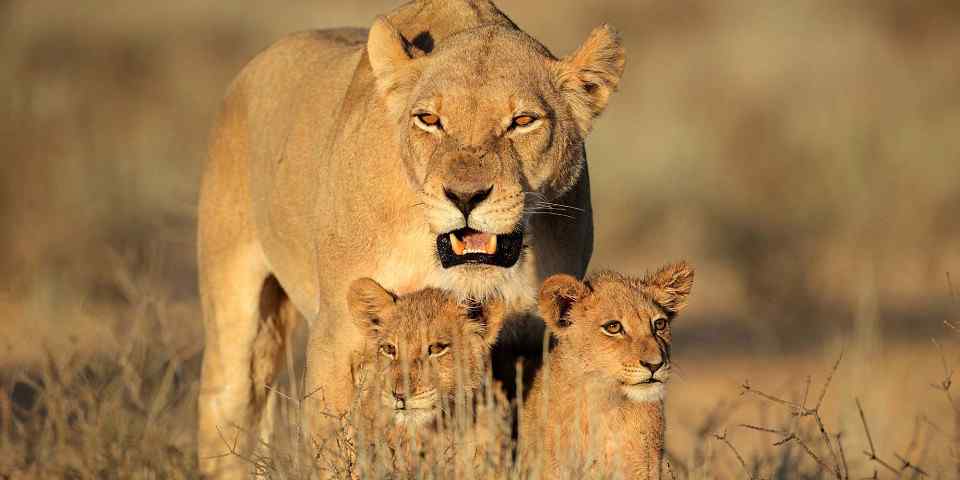
Safari Tours to Nxai Pan NP
-
![12-Day Botswana Family Safari Tour]()
12-Day Botswana Family Safari Tour
$12,111 to $14,410 pp (USD)
Botswana & Zimbabwe: Private tourLuxuryLodge & Tented Camp
You Visit: Victoria Falls (Start), Kwando Concession, Kwara Concession (Okavango Delta), Nxai Pan NP, Maun Airport (End)

Wayfairer Travel
4.8/5 – 172 Reviews
-
![4-Day Botswana Makgadikgadi Zebra Migration Experience]()
4-Day Botswana Makgadikgadi Zebra Migration Experience
$1,980 to $2,178 pp (USD)
Botswana: Shared tour (max 7 people per vehicle)BudgetCamping
You Visit: Maun (Start), Nxai Pan NP, Maun (End)

Early Kingfisher Safari
5.0/5 – 29 Reviews
-
![4-Day Central Kalahari Game Reserve and Nxai Pan]()
4-Day Central Kalahari Game Reserve and Nxai Pan
$1,714 pp (USD)
Botswana: Private tourBudgetCamping
You Visit: Maun (Start), Central Kalahari GR, Nxai Pan NP, Maun (End)

Shipungo Safari & Tours
4.9/5 – 83 Reviews

 Botswana Parks
Botswana Parks







